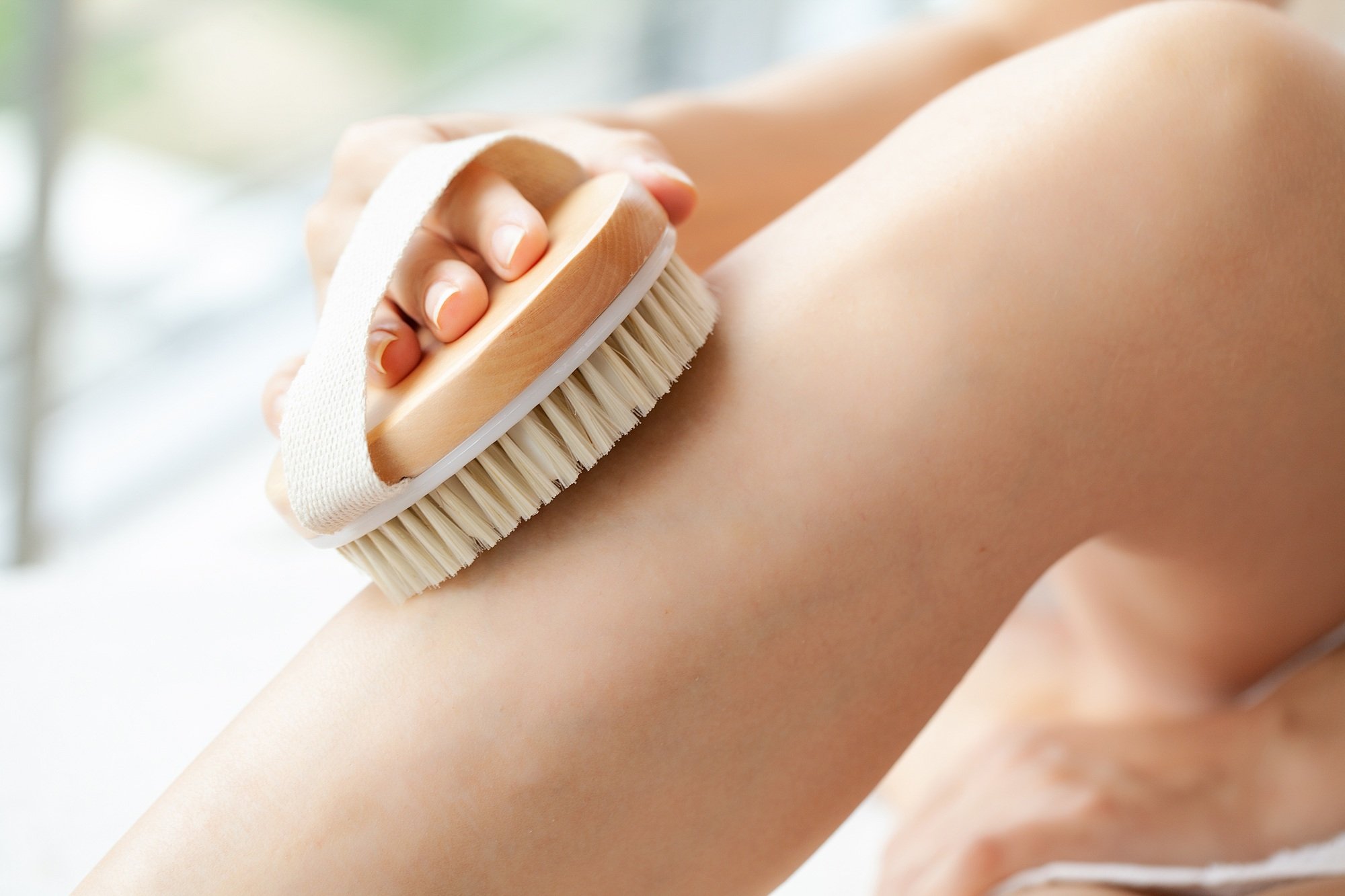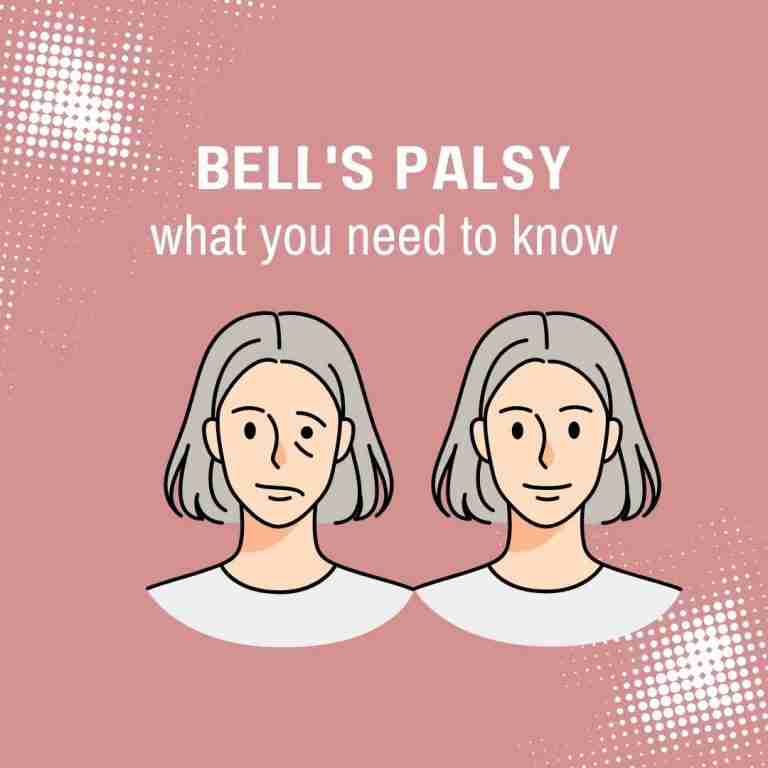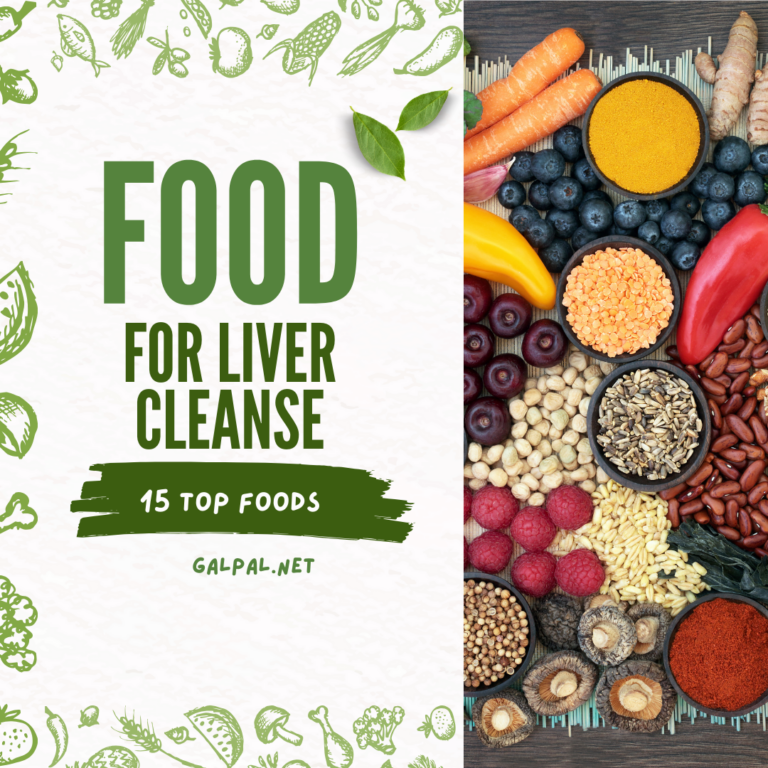Dry Brushing: health benefits and why I dry brush daily
Let’s talk about one of the easiest ways to boost your skin and overall wellness—no fancy spa appointment required. Dry brushing has been around for centuries (we’re talking ancient Egyptian and Ayurvedic roots), and for good reason. This simple ritual can work wonders for relaxation, detoxification and overall vitality. In this post, I share everything you need to know about dry brushing. Learn the top health benefits and why I dry brush daily.
Dry bushing of the skin has been a Scandinavian ritual for thousands of years. It is recognized not only for its tremendous exfoliating effects but also for the added boost it gives the immune system by helping rid the body of toxins. It’s a daily routine worth trying friends.
Ayurvedic practitioners view dry brushing as a holistic ritual that not only exfoliates and energizes the skin but also supports lymphatic health, detoxification, and overall vitality—especially when performed mindfully and tailored to individual skin types and doshas. A ayurvedic practitioner I spoke with told me that dry brushing doesn’t get enough attention for it’s wellness health benefits.
I started dry brushing recently after learning about the health benefits. It is something I used to do but I forgotten all about it. Now it’s one of those self-care habits I actually look forward to. If you’re not familiar, here’s why it’s worth a spot in your morning or evening routine. If you are like me dry brushing feels amazing and has become a self-care ritual I now look forward to.

What is Dry Brushing?
Dry brushing is an easy, at-home wellness ritual that’s been around for centuries. It involves gently brushing your skin with a firm-bristled brush—while your skin is dry—using smooth, sweeping motions. Unlike a typical scrub or body wash in the shower, dry brushing is done before bathing, without any water, lotion, or oil.
The idea behind dry brushing is to physically stimulate your skin and the layers just beneath it. While it may feel a little scratchy at first, many people grow to love the refreshing tingle it leaves behind. It wakes up your skin, boosts blood flow, and leaves you feeling invigorated. Think of it as giving your body a gentle “wake-up call” every morning.
 MainBasics Dry Brushing Body Brush for Lymphatic Drainage, Dry Skin, Cellulite, Blood Circulation with Exfoliating
MainBasics Dry Brushing Body Brush for Lymphatic Drainage, Dry Skin, Cellulite, Blood Circulation with Exfoliating
Natural Bristles and Massage Nodes for Flawless Skin
The Practice Has Roots in Ancient Traditions
Dry brushing isn’t new. It’s been practiced in various cultures for thousands of years:
- In Ayurveda (an ancient Indian system of medicine), dry brushing is called garshana and is used to encourage energy flow and detoxification.
- In ancient Greece and Rome, athletes and bathers used similar techniques with strigils (metal tools) to clean and stimulate their skin.
- In Scandinavian and Eastern European cultures, brushing or exfoliating the body before hot saunas has long been part of traditional wellness routines.

Top 6 Key Health Benefits of Dry Brushing
1. Exfoliates and Refines Skin Texture
Using a stiff-bristled brush in gentle strokes removes dead skin cells, unclogs pores, and promotes cell turnover. This reveals smoother, softer skin and may reduce issues like keratosis. According to the Cleveland Clinic, exfoliation techniques like dry brushing can support the body’s natural detox pathways by helping the skin release sweat more efficiently. When pores are unclogged, the skin can better do its job—including sweating out trace toxins.
That said, they point out that sweat is mostly water—about 99%—and only contains tiny amounts of things like heavy metals. So while dry brushing can enhance skin function, the real detox work still happens behind the scenes, thanks to your liver and kidneys doing the heavy lifting.

2. Stimulates Lymphatic Drainage
The lymphatic system relies on external movement to transport lymph fluid and remove waste. Dry brushing’s upward motions toward the heart encourage lymph flow, supporting detoxification and immune function by filtering toxins through lymph nodes.
Dry brushing may help stimulate the lymphatic system and support lymphatic drainage through mechanical stimulation, but there is no scientific proof that it significantly impacts lymph flow or detoxification. It is mainly beneficial for exfoliation and may provide a temporary feeling of invigoration and reduced puffiness.
 POPCHOSE Dry Brushing Body Brush, Natural Bristle Dry Skin Exfoliating Brush Body Scrub for Flawless Skin, Cellulite Reduction, Lymphatic Drainage and Blood Circulation Improvement
POPCHOSE Dry Brushing Body Brush, Natural Bristle Dry Skin Exfoliating Brush Body Scrub for Flawless Skin, Cellulite Reduction, Lymphatic Drainage and Blood Circulation Improvement
3. Dry Brushing Enhances Circulation
The brushing action triggers a mild inflammatory response, boosting blood flow to deliver nutrients to the skin and muscles.
Dry brushing can help boost your circulation in two main ways:
a. It gets your blood moving.
The brushing motion puts light pressure on your skin, which helps bring more blood to the surface.Blood circulation is good for all of us. This increased blood flow delivers nutrients to your skin and helps carry away waste.
b. It supports your lymphatic system.
Dry brushing also helps move lymph fluid through your body. This can reduce puffiness or minor swelling and may help your body work more efficiently by keeping fluids moving and clearing out waste.
4. Promotes Relaxation
The rhythmic strokes of skin brushing act as a grounding ritual, soothing the nervous system and reducing stress hormones.
Dry brushing isn’t just good for your skin—it might help you relax, too. While research is still limited, some experts and studies suggest that dry brushing can calm your body and mind in two main ways:
- It May Calm Your Nervous System
When the bristles move across your skin, they stimulate your nerve endings. This light pressure may activate the parasympathetic nervous system—basically your body’s “rest and relax” mode. It works kind of like a gentle massage, which has been shown to lower stress hormones like cortisol and help you feel more at ease.
- It Creates a Calming Routine
Dry body brushing is often done in slow, repetitive strokes, which can feel almost meditative. That kind of focus on your body can help:
- Reduce stress by giving you a moment of self-care
- Relax tense muscles
- Bring awareness to how your body feels, which can be grounding and comforting
5. Supports Immune Function
By stimulating lymph flow, dry brushing aids the movement of white blood cells, enhancing the body’s ability to combat infections. Improved lymphatic drainage also helps maintain fluid balance and reduce swelling.
It Helps Move Lymph Fluid. Your body has a system called the lymphatic system, which is part of your immune system. It moves a clear fluid called lymph that carries white blood cells and removes waste and toxins.
Dry brushing may help by:
- Gently stimulating lymph vessels just under the skin
- Encouraging lymph to move more easily through your body
- Supporting your body’s natural way of clearing out germs and waste
Think of it like giving your lymph system a little nudge so it can do its job more effectively.
6. Helps reduce cellulite
Dry brushing is often said to help with cellulite—but does it really work?
First, let’s break it down. Cellulite is that dimpled or bumpy-looking skin, usually on the thighs, butt, or belly. It’s caused by fat pushing against connective tissue under the skin. It’s super common (especially in women), and totally normal. This is how dry br
Dry brushing doesn’t remove cellulite, but here’s how it might help improve how it looks:
Improves Blood Flow– The brushing motion increases circulation in the skin. Better blood flow can give the skin a temporary plumpness and healthy glow, which may make cellulite less noticeable for a short time. Dry brushing removes dead skin cells, which can make skin feel softer and look smoother. This smoother texture might make dimples less visible—but again, it’s a surface-level change. It also hels with ingrown hairs and other skin conditions.
Boosts Temporary Skin Firmness. The gentle pressure and repeated motion can cause the skin to tighten just a bit. Many claim that if you dry brush on a regular basis, it helps with water retention thus cellulite reduction.
 HigherDOSE Supercharge Body Brush Exfoliator - Lymphatic Drainage Dry Brush to Accelerate Drainage of Toxins & Fat with Ion-Charged Copper Bristles - Helps to Reduce Cellulite & Soften Skin
HigherDOSE Supercharge Body Brush Exfoliator - Lymphatic Drainage Dry Brush to Accelerate Drainage of Toxins & Fat with Ion-Charged Copper Bristles - Helps to Reduce Cellulite & Soften Skin
What the Science (and Experts) Say
While we don’t have a ton of hard research yet on dry brushing alone, some clues come from similar practices:
- Dr. Leslie Korn, a Harvard-trained expert in mental health, says she uses dry brushing with patients to help manage anxiety and depression, especially because it helps them feel more connected to their bodies.
- Studies on massage show that physical touch can lower heart rate and blood pressure—effects that might happen with dry brushing, too.
- Many people say it helps them feel calm, like after yoga or a light workout. While that’s not scientific proof, it does suggest that dry brushing has a relaxing effect for some.
How to Shop for the Best Natural Dry Brush
1. Bristle Type & Firmness
- Choose natural bristles (natural fibers) like agave (sisal) or boar.
- Soft bristles for sensitive skin; firmer for regular exfoliation.
2. Handle & Grip
- Look for ergonomic handles or straps for easy reach, especially on back and legs.
3. Size & Shape
- Larger heads cover more skin quickly; smaller brushes are better for precision or travel.
4. Material & Sustainability
- Opt for natural wood bases and biodegradable bristles for eco-friendliness.
5. Skin Concerns
- Rough skin: firmer sisal brushes (e.g., Osea Body Brush).
- Sensitive skin: soft vegan bristles (e.g., Tata Harper Dry Brush).
The beauty world has been buzzing about dry brushing for years—and it’s easy to see why. From celebrity estheticians to clean beauty brands, many swear by this simple ritual as a must-have step in a glowing skin routine.
Dry brushing is completely non-toxic, eco-friendly, and doesn’t involve any fancy products. That’s why it’s a favorite in the clean beauty world—where less is more, and self-care is a lifestyle
How to Dry Brush- The Guide
Pick the right brush: Look for one with natural bristles and a long handle so you can reach your back and legs. If your skin is sensitive, choose a softer brush with rounded tips.
Here’s the step-by-step:
- Always start with dry skin. Do it before you hop in the shower.
- Brush toward your heart. Use long, upward strokes on your arms and legs, and circular motions on your torso.
- Focus on key areas:
- Legs: Ankles to thighs
- Arms: Wrists to shoulders
- Stomach: Gentle circles around your belly button
- Back: Reach with the long handle and sweep toward the center
- Skip the sensitive spots. Avoid broken skin, wounds, or your face.
After brushing:
Hop in a warm shower to rinse off dead skin cells, then moisturize while your skin is still damp. For a little boost, end with a cool rinse to stimulate circulation even more.
Tips for Success
- Start slow. Try it 3–5 times a week max. You don’t need to brush every day, especially if you’re new to it.
- Be gentle. The brush does the work—you don’t need to press hard.
- Stay hydrated. Drinking water helps your lymph system flush out waste.
- Move your body. Activities like yoga or walking also support lymphatic drainage.
Dry brushing is an easy, at-home wellness ritual that’s been around for centuries. It involves gently brushing your skin with a firm-bristled brush—while your skin is dry—using smooth, sweeping motions. Unlike a typical scrub or body wash in the shower, dry brushing is done before bathing, without any water, lotion, or oil.
The idea behind dry brushing is to physically stimulate your skin and the layers just beneath it. While it may feel a little scratchy at first, many people grow to love the refreshing tingle it leaves behind. It wakes up your skin, boosts blood flow, and leaves you feeling invigorated. Think of it as giving your body a gentle “wake-up call” every morning.
Can You Dry Brush If You Have Sensitive Skin?
Yes, but with caution. If you have sensitive skin, dry brushing can still be part of your routine—but it’s important to be extra gentle and mindful of how your skin reacts.
Here’s what to keep in mind:
1. Choose the Right Brush
Go for a brush with extra-soft, natural bristles. Some brushes are made just for sensitive skin or the face and are much less abrasive. Avoid synthetic bristles, which can be too harsh.
2. Use Light Pressure
You don’t need to scrub hard for dry brushing to work. For sensitive skin, use gentle, feather-light strokes—just enough to stimulate the skin without causing redness or irritation.
3. Watch for Red Flags
If your skin turns bright red, feels sore, or gets itchy or inflamed afterward, ease up or take a break. Dry brushing should never hurt.
4. Avoid Broken or Irritated Skin
Never brush over cuts, rashes, eczema, sunburns, or inflamed areas. That can make things worse and increase the risk of infection.
5. Moisturize After
After you shower (which helps rinse off the exfoliated skin), apply a fragrance-free, hydrating lotion to lock in moisture and soothe your skin.
Final Thoughts
Dry brushing is more than just another beauty trend. It’s a small act of care that connects us to ancient practices while offering real modern-day benefits. Whether you’re aiming for healthier skin, a natural detox boost, or just a few mindful minutes to yourself, dry brushing is a ritual worth trying.
Let me know if you’ve tried it—or if you’re curious to give it a go!
The Most Common Questions About Dry Brushing
1. What is dry brushing?
Dry brushing is a technique where you use a firm, natural-bristle brush to gently brush your skin in sweeping motions—always on dry skin, usually before showering.
2. What are the benefits of dry brushing?
It may help:
- Exfoliate dry, flaky skin
- Boost blood circulation
- Support lymphatic flow
- Reduce the appearance of cellulite (temporarily)
- Promote relaxation and body awareness
3. How often should you dry brush?
Start with 2–3 times a week. If your skin tolerates it well, you can work up to daily. Always follow with a shower and moisturizer.
4. When should I dry brush—before or after a shower?
Always dry brush before a shower so you can rinse away dead skin cells and any loosened debris afterward.
5. Can dry brushing help with cellulite?
Not permanently—but it may temporarily smooth the skin by increasing blood flow and plumping the surface. Many people say it makes their skin look firmer and more even.
6. Is dry brushing safe for sensitive skin?
Yes, but be gentle. Use a softer brush, light pressure, and avoid areas with irritation, rashes, or cuts. Always moisturize afterward.
7. Should I brush toward the heart?
Yes! Brushing toward the heart follows the natural flow of your lymphatic and circulatory systems. Start at your feet and brush upward.
8. Does dry brushing hurt?
Nope—it shouldn’t! It might feel a little scratchy at first, but it should never sting or cause redness. If it does, lighten the pressure or switch to a softer brush.
10. What should I do after dry brushing?
Rinse off in the shower to remove dead skin, then apply a body oil or lotion to nourish and hydrate your skin.
11. Who shouldn’t dry brush?
Avoid dry brushing if you have:
- Open cuts or wounds
- Inflamed or irritated skin (like eczema or psoriasis flare-ups)
- Sunburn
- Very thin or fragile skin (check with your doctor first)








